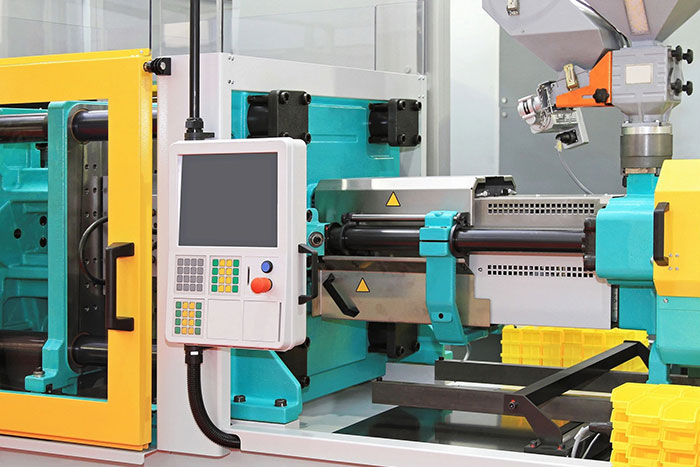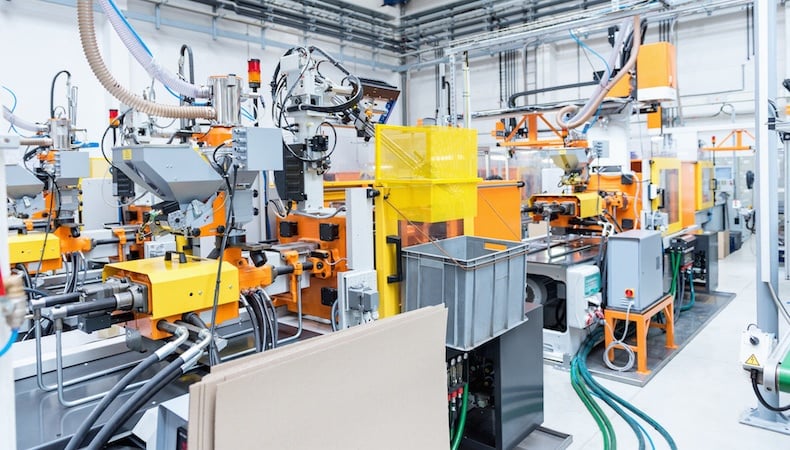The Influence of Plastic Injection Molding on Reducing Manufacturing Prices and Waste
The Influence of Plastic Injection Molding on Reducing Manufacturing Prices and Waste
Blog Article
The Future of Plastic Injection Molding: Trends and Developments to See
As the plastic shot molding industry advances, several vital fads are emerging that promise to improve its landscape. Automation and smart production techniques are readied to improve productivity, while the change towards lasting materials shows a growing ecological awareness. Moreover, advancements in 3D printing are paving the way for extraordinary design flexibility. However, these advancements also yield obstacles that need careful factor to consider. Recognizing just how these aspects will certainly connect and affect future methods is critical for stakeholders aiming to browse this transformative period efficiently.
Automation and Smart Production
As the plastic injection molding sector develops, automation and smart production are taking center stage, revolutionizing manufacturing processes - Plastic Injection Molding. The assimilation of advanced modern technologies such as robotics, IoT (Web of Points), and man-made intelligence is allowing manufacturers to boost efficiency, minimize operational expenses, and improve product top quality. Automated systems improve operations, reducing hand-operated intervention and boosting throughput, which is vital in satisfying the climbing demand for fast manufacturing cycles
Smart producing modern technologies facilitate real-time tracking and information analysis, enabling firms to optimize device efficiency and forecast maintenance requirements. This aggressive approach not only lessens downtime yet also prolongs the life expectancy of tools. Furthermore, the usage of joint robotics, or cobots, enhances the flexibility of production lines, making it possible for employees and machines to run alongside securely and successfully.
The fostering of automation in plastic shot molding is not simply a fad yet a critical crucial for organizations intending to continue to be affordable in an international market. By using these modern technologies, manufacturers can achieve greater accuracy, lower waste, and adjust quickly to altering client demands, placing themselves for sustainable growth in an increasingly automated future.
Lasting Products and Practices
The press towards automation and smart manufacturing has actually led the method for a greater emphasis on lasting products and methods within the plastic injection molding sector. Firms are progressively seeking environmentally friendly alternatives to typical petroleum-based plastics, bring about the adoption of bio-based and recycled products. These lasting materials not just minimize environmental influence however likewise align with customer demand for greener items.

Furthermore, collaboration between producers, material providers, and environmental organizations is fostering development in the development of sustainable products that fulfill efficiency criteria without jeopardizing high quality. As policies around plastic usage become stricter, the sector is positioned to adapt by embracing these sustainable approaches, making certain lasting feasibility and minimizing reliance on non-renewable resources. The assimilation of sustainability right into plastic injection molding is not merely a fad; it is ending up being a vital component of corporate duty and operational excellence.
Breakthroughs in 3D Printing
Current developments in 3D printing technology are dramatically changing the landscape of plastic injection molding. The assimilation of additive production processes enables the fast prototyping of complex geometries that were impossible or once tough to accomplish via standard techniques - Plastic Injection Molding. This ability not just speeds up item advancement why not find out more cycles yet also minimizes material waste, lining up with the expanding demand for lasting manufacturing methods
In addition, the development of crossbreed manufacturing methods, which integrate 3D printing and injection molding, uses manufacturers the capability to develop intricate styles while keeping the efficiency of mass production. This technique enables the production of personalized components customized to specific client demands without giving up the speed and scalability that injection molding offers.
In addition, innovations in materials, such as high-performance polymers and composites particularly created for 3D printing, are boosting the functional capabilities of printed elements. These products can stand up to better stress and exhibit improved thermal residential properties, making them ideal for even more requiring applications.
As 3D printing remains to evolve, its integration into plastic injection molding processes promises to enhance productivity, reduce costs, and foster innovation in product design, positioning manufacturers to much better fulfill the obstacles of an open market.
Information Analytics and IoT Assimilation
Information analytics and the combination of the Web of Things (IoT) are revolutionizing plastic injection molding by providing suppliers with extraordinary understandings right into their operations. By leveraging real-time data accumulated from interconnected equipments and sensing units, makers can keep track of performance metrics, identify inadequacies, and enhance production processes. This data-driven strategy promotes predictive maintenance, reducing downtime and expanding devices lifespan.
Furthermore, IoT assimilation permits enhanced top quality control. By constantly tracking variables such as stress, temperature, and cycle times, producers can swiftly identify variances from established criteria and make adjustments in actual time. This not only boosts product uniformity however additionally decreases waste and scrap prices.
The combination of information analytics and IoT innovations additionally equips suppliers to embrace even more agile manufacturing strategies. With accessibility to comprehensive information analytics, organizations can reply to market needs with higher adaptability, adjusting manufacturing timetables and configurations as required. This flexibility is important in a swiftly changing manufacturing landscape.

Customization and Layout Adaptability
How can modification and style flexibility boost the competitiveness of plastic injection molding? Modification enables manufacturers to fulfill particular client demands, accommodating one-of-a-kind measurements, shapes, and capabilities that conventional items may not fulfill.
Innovations in style click for source modern technologies, such as computer-aided style (CAD) and rapid prototyping, additional bolster this pattern. These tools allow designers to produce complex geometries and complex patterns, which can be seamlessly integrated right into the production procedure. Because of this, makers can react swiftly to transforming consumer preferences and market needs.
Moreover, the application of modular tooling systems boosts design adaptability, allowing for quicker modifications in between various product styles without considerable downtime. This adaptability can cause reduced lead times and lower manufacturing prices, making companies a lot more competitive and active. Inevitably, embracing personalization and style adaptability in plastic shot molding not only elevates product offerings browse around these guys however likewise reinforces market positioning in an ever-evolving landscape.
Verdict
The future of plastic shot molding is defined by significant advancements in automation, lasting techniques, and cutting-edge materials. Customization through modular tooling and quick prototyping will certainly allow producers to remain affordable and receptive to the vibrant demands of the market.

The future of plastic injection molding is characterized by substantial advancements in automation, lasting methods, and innovative materials.
Report this page